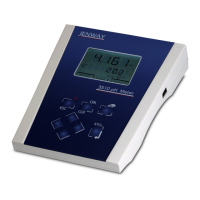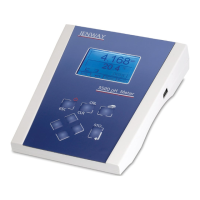Why is my Jenway Multimeter 3510 display erratic?
- DdevansAug 17, 2025
If you're getting an erratic display on your Jenway Multimeter 3510, make sure you are using the supplied 9V AC power supply. Using other power supplies can cause the unit to malfunction.


